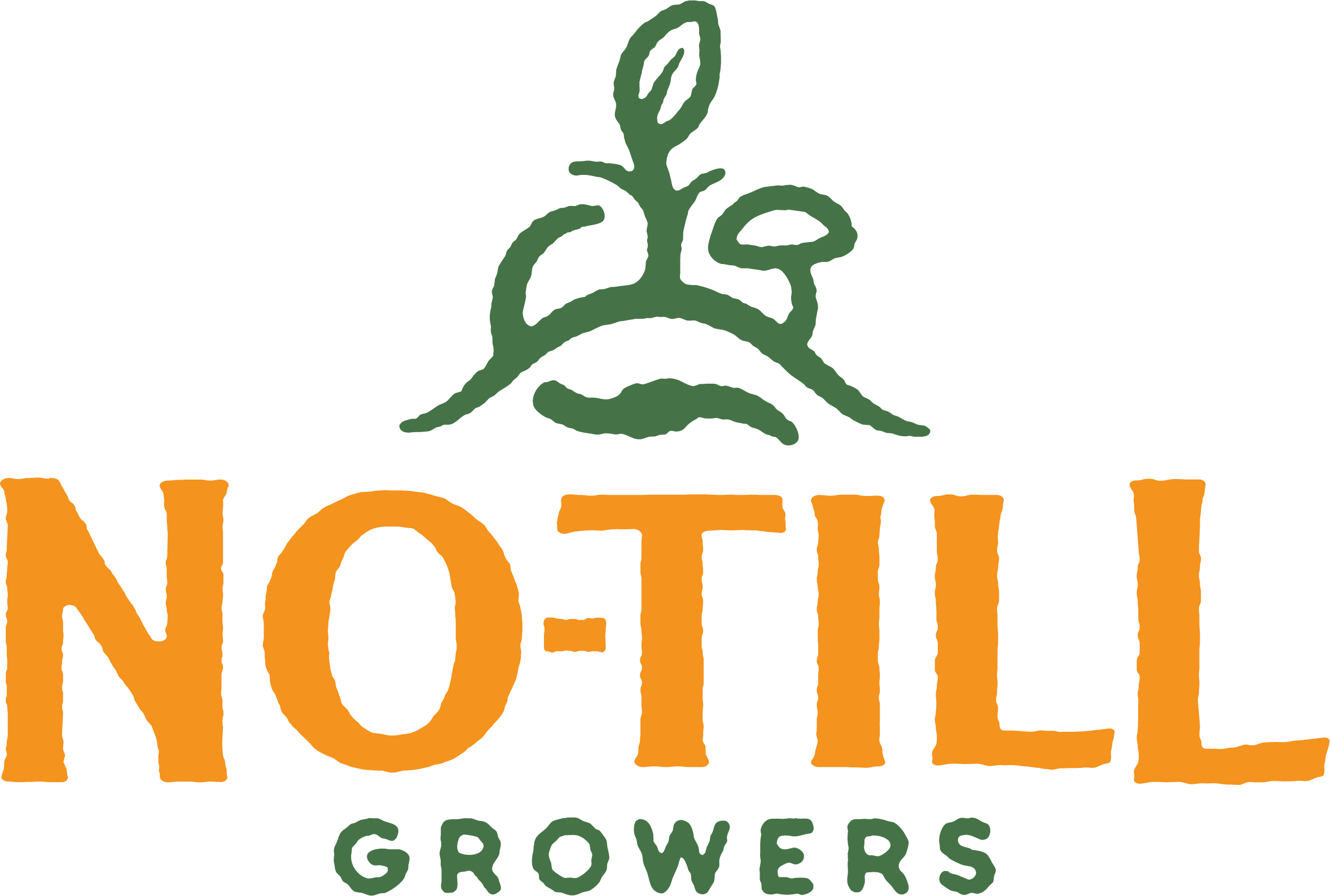Welcome Back, Permaculture?
[A photo of Jared’s Real Food: fruit trees serving both productive and structural benefits in bed hedgerows every 10 beds… bedgerows?]
In last week’s episode of the podcast with Jared Smith of Jared’s Real Food in California, we talked about some of the different permaculture ideas he’s utilizing and it got me thinking: will no-till gardening lead to a resurgence of permaculture?
“Wait,” at least some of you might be asking, “when did permaculture un-surge… or would it be de-surge?”
From the outside, permaculture seems like an ideal approach to agriculture. So many great concepts, beautiful designs, let nature do the work for you, right? But for the average market gardener, permaculture is simply not practical. Curtis Stone has done at least a couple videos about this subject. Permaculturalist Richard Perkins even agreed to an extent. Permaculture is mostly a non-existent topic on the message boards anymore. The fervor for permaculture, at least among farm owners, has greatly subsided. Simply put, it is hard to imagine making any sort of a living on hugelbeds, food forests, et cetera.
Not to say market gardeners are not still into permaculture, but permaculture has felt like an nonviable approach to running a farm business. Jared apparently didn’t get the memo, and set up his entire garden with a lasagna style approach. Fruit orchards are planted in hedgerows throughout the garden. He’s even expanding. And he is making a profit from it. His efforts are, in many ways, the best of both worlds, and he’s not the first (nor will he be the last) successful grower I’ve spoken with who is using more permaculture concepts. Hedgerows are making a comeback (or at least getting their chance to shine). Ponds come up a lot for attracting beneficial predators. Interplanting is seeing more and more attention. JM Fortier set up Le Ferme Des Quatre Temps with the help of permaculture designers (and the area surrounding the production space is absolutely beautiful). To be sure, no-till gardening itself is a basic permaculture concept.
Furthermore, no-till gardening may lend itself to allowing more permaculture concepts to creep in as it reduces time spent weeding (or it should), freeing up that time for the grower to focus on some of the things that got he or she into farming to begin with—a passion for the the ecology and natural systems, for example. Many no-tillers try to keep the soil planted as much as possible, so adding hedges and trees makes sense for maximizing photosynthesis. Market gardening and permaculture are strangely compatible in a way tillage and permaculture struggle to be.
Let’s back up a second. Permaculture/no-till principles are even beginning to line up with what the NRCS considers to be the basic principles of improving soil health. Really, take a look at those two articles. Do they sound familiar?
[From the Soil Health Key Points - NRCS - USDA, just sayin’]
It’s an interesting twist, and we will see bears fruit in the next few years. If nothing else, growers like Jared are breaking the perception that permaculture isn’t viable. The problem, perhaps, has been that people have viewed permaculture through they eyes of a permaculturalist—focusing on self-sustaining systems disconnected from economy. From the standpoint of a market farmer, however, one who has to make a living, it definitely changes the look of permaculture. Perhaps it alters the ideas and ideals of permaculture a little bit, too, but I might argue that this new view gives permaculture new life. It may just make it economically—as well as ecologically—viable.
It may just make permaculture possible.
Our purpose is to bring you—the farmer—the best no-till growing content out there for free. Did you get something out of this essay? If you found this post to be of value, and want to see No-Till Growers grow, support our work for as little as $2/month on Patreon or Venmo/Paypal. We need your help to reach $1,000/month to do season two of the podcast, run the site, and bring you EVEN BETTER no-till and regenerative veg content.

![[From the Soil Health Key Points - NRCS - USDA, just sayin’]](https://images.squarespace-cdn.com/content/v1/5bf5725070e8026c12c3c089/1551708049994-678WQGU92UYEBO4JM5R2/Screen+Shot+2019-03-04+at+8.00.26+AM.png)